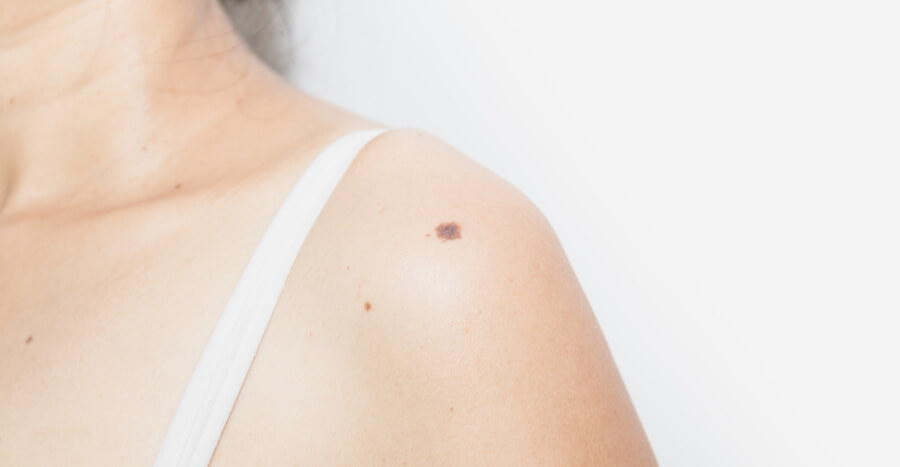If you have a mole, you are not alone, as moles are quite common, like freckles. There are two different types of moles: common moles and abnormal moles.
Common moles are usually harmless and can continue to appear as a person ages, usually until they turn 40. They are less than five millimeters wide, round or oval in shape, and smooth. A common mole can be solid pink, brown, or tan in color and should have a distinct edge that separates it from the rest of the skin. However, the character of a common mole may change over time. For instance, the color may shift, becoming a combination of pink, tan, and brown, instead of a solid color. The mole could also grow or shrink unevenly or change shape. Sometimes, the texture of the mole may also change, becoming dry, scaly, hard, or lumpy. The mole might also begin to feel itchy or to release liquid. Should any of these changes occur, it is advisable to contact a doctor and have the mole examined.
Abnormal moles differ from common moles primarily in their appearance. Abnormal moles tend to be larger – at least 5 millimeters wide – and lack the distinct edges that common moles have, fading into the skin, instead. Though they can develop on any part of the body, abnormal moles typically form on areas that are frequently exposed to the sun. Like common moles, abnormal moles should be monitored for any changes, such as those outlined above. Usually, the only time that an abnormal mole will need to be removed is if it transforms in any of the ways previously described. Furthermore, each time an abnormal mole forms, it should be checked out by a doctor, due to the fact that melanoma, a dangerous form of skin cancer, can sometimes be mistaken for an abnormal mole due to similarities in their appearances. Although abnormal moles do not typically develop into melanoma, they can be an indication of a person’s risk of getting melanoma. Therefore, individuals with more than five abnormal moles should submit to skin examinations conducted by a doctor once or twice a year, especially if they have a family history of melanoma.


